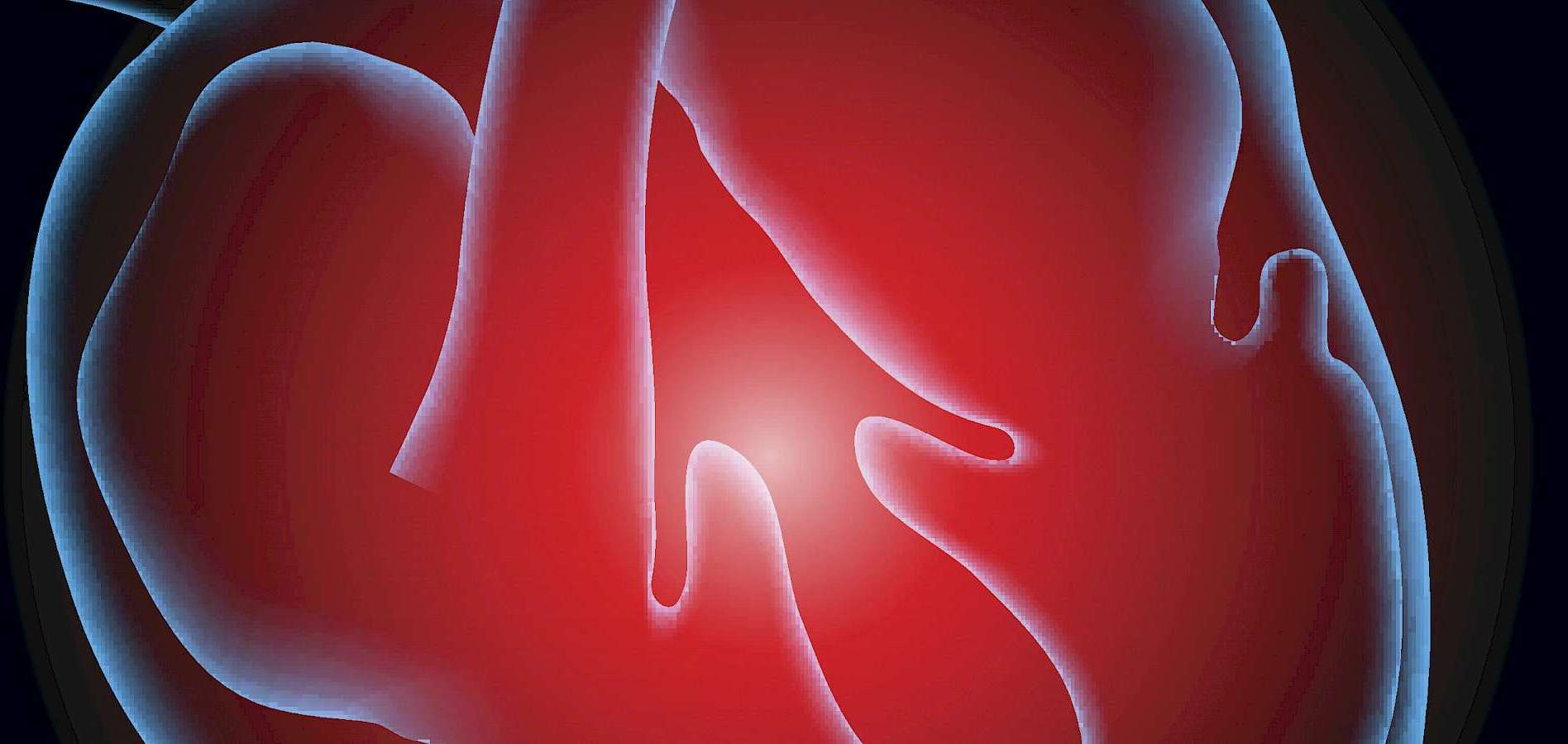Individuals with congenital heart defects have a higher risk of developing infective endocarditis than heart-healthy people. The inflammation of the inner lining of the heart and the heart valves is dangerous. In some cases, endocarditis is lethal despite treatment. The disease, which is usually caused by bacteria or, more rarely, by fungi, is also one of the more frequent complications following pulmonary valve replacement. About one in ten congenital heart defects requires at least one such procedure. A nationwide study has comprehensively investigated the risk of endocarditis after valve replacement for the first time.
Largest retrospective analysis worldwide
The research team e medical records of 1,170 participants aged 0 to 81 years in the National Registry who had received at least one pulmonary valve replacement. Over an average of 10 years per patient, the researchers observed how age, gender, frequency of pulmonary valve replacement, timing and type of procedure, and types of valves used affected the risk of developing endocarditis.
"Previous findings on this were based on data from comparatively small cohorts. With the support of the National Registry and the Competence Network for Congenital Heart Defects, we were able to follow up for the first time in a broad proportion of the population how patients' health developed after valve implantation by catheter intervention or surgery," explains Clara Stammnitz, who conducted th study as all part of her doctoral thesis. During the observation period, data from 1,598 pulmonary valve replacement surgeries were analyzed. All cases of endocarditis associated with pulmonary valve replacement between 2007 and 2017 were recorded.
Valve replacement from bovine jugular vein valve poses special risk
The study showed that there are three main risk factors involved in infective endocarditis. Male patients had an increased risk of developing endocarditis compared with female patients. This risk increased further after a higher number of required valve replacement implantations per patient. However, the timing and type of surgery or intervention and the size of the implant did not play a role. In contrast, biological pulmonary valve replacements made from jugular bovine material posed a particular risk. "The use of Contegra and Melody valves was associated with an increased incidence of endocarditis," says Clara Stammnitz.
However, Sabine Klaassen says that further research is needed into the causes. "Since the results did not show any difference in the risk of endocarditis between patients with surgical and interventional valve replacements, we assume that the increased incidence of endocarditis in Contegra and Melody valves is related to the origin of the bovine material of these valve types, specifically the jugular venous valve. At the same time, it was shown that the risk of disease increases with the number of necessary reoperations," continued the study author and Charité physician. The valve replacements from human donors (homografts) and the majority of valve replacements from different animal materials (heterografts), including bovine pericardial derived tissue, showed a very low risk of infection.
Original Publication: Stammnitz C., Huscher D., Bauer UMM., Urban A., Nordmeyer J., Schubert S., Photiadis J., Berger F., Klaassen S., German Competence Network for Congenital Heart Defects Investigators. Nationwide Registry-Based Analysis of Infective Endocarditis Risk After Pulmonary Valve Replacement. Journal of the American Heart Association 11, 5, e022231, (2022). www.ncbi.nlm.nih.gov/pubmed/35179045
Source: Press Release Competence Network for Congenital Heart Defects

